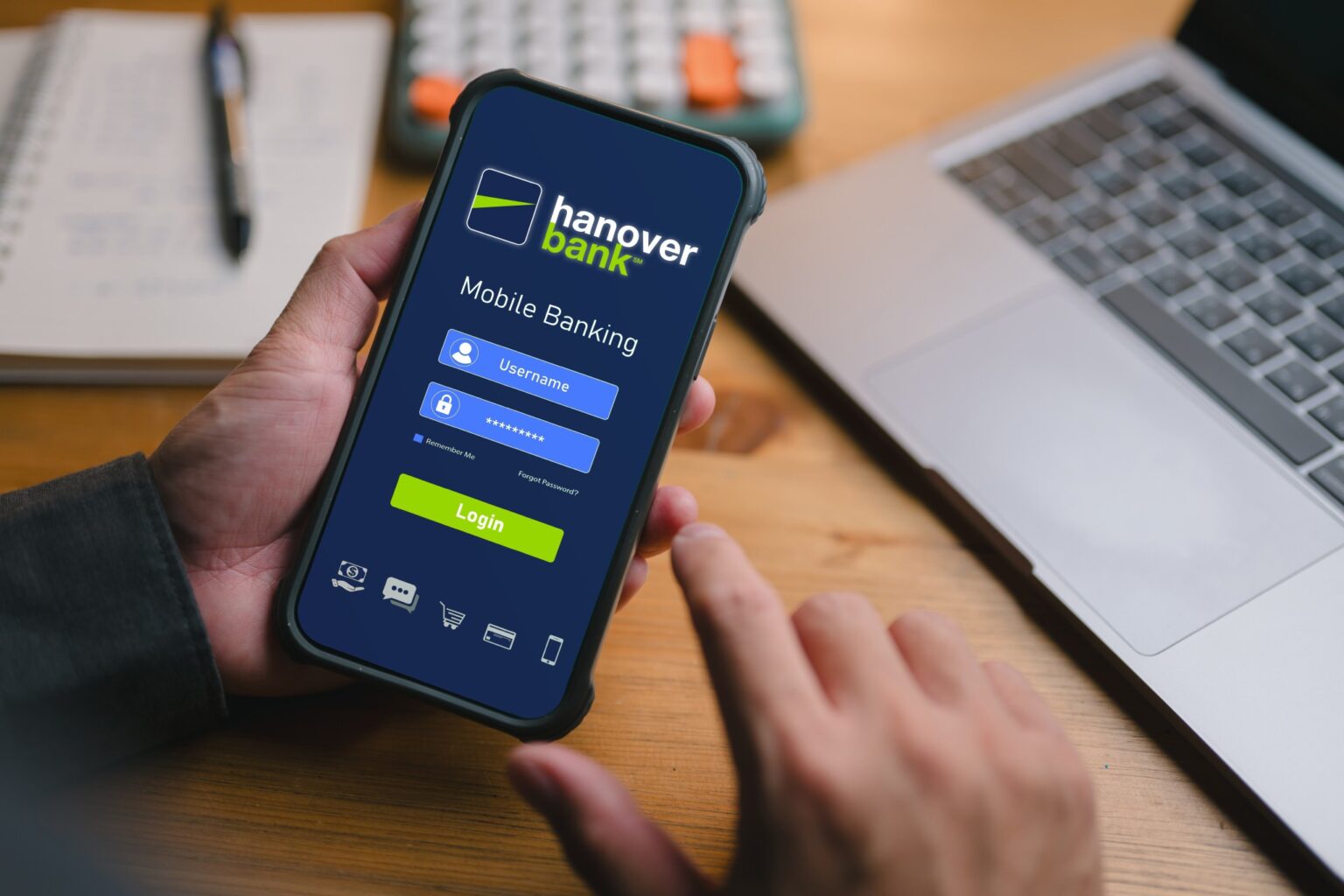Security Center

Client Advisory: Protecting Your Devices for Banking Online
Phishing Scams & Social Engineering
Spotting Scams:
Common Scams to Avoid:
Remember: Our bank will never ask for your PIN, one-time passcode, or request that you send money to “verify” a transaction.
Ransomware Protection
How It Reaches You:
Six Ways to Protect Yourself:
If Attacked:
Senior Online Banking Security
Older adults are increasingly targeted by cybercriminals.
What to Watch For:
Protections:
For Caregivers:
Device Security
Secure the Device Itself:
Keep Software Current:
Safe Usage Practices:
Authentication Security (Passwords & MFA)

Quick Reference Checklist
Keep all devices and antivirus software updated
Use MFA for online banking
Back up important files offline
Review account alerts and statements weekly
Verify all payment requests with a known phone number
Share these tips with family—fraud prevention is a team effort
Need Help?
If you suspect fraud or notice suspicious activity, Our Security Center is here for you 24/7 at 877.548.8880.
By staying alert and following these best practices, you can bank online with confidence—anytime, anywhere.